In the ever-evolving world of smartphones, two contenders have stepped into the ring for a fierce showdown: the Google Pixel Fold and the Samsung Galaxy Fold 4 (soon to be followed by the Galaxy Fold 5). Priced at a hefty $1800, these foldable devices promise an expansive 7.6-inch flexible inner OLED display, but beyond the shared price tag, they diverge in significant ways. This comprehensive comparison will delve into their similarities and differences, and how these factors impact the user experience.
Before the Smackdown: A Glimpse at the Basics

Both the Google Pixel Fold and Samsung Galaxy Fold 4 cater to the Android user base and are currently available, with the Fold 5 slated for an August 2023 release. While the Fold 4 is still on the market, the Fold 5 promises minor updates over its predecessor.
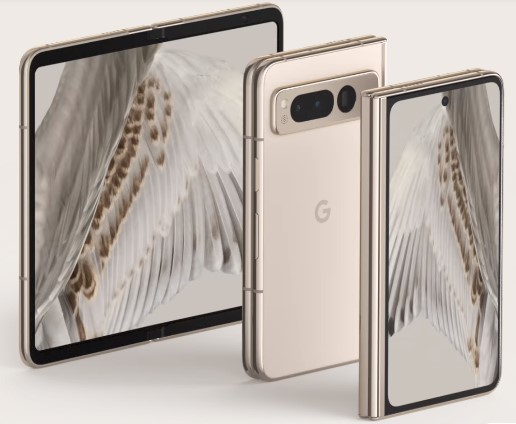
The Unfolding Experience: Pixel’s Landscape vs. Samsung’s Portrait
The most glaring difference in design philosophy lies in the orientation preference of the inner displays. The Pixel Fold opts for a default landscape orientation, a decision that influences the entire user experience. On the flip side, Samsung’s Fold series clings to portrait orientation for its unfolded display. The consequences of this decision reverberate throughout the design and functionality of both devices.

One notable impact is on the aspect ratio of the outer displays. Samsung’s Fold series has historically sported a tall and slender aspect ratio, a source of frustration for many users. This design choice made using the outer display cumbersome, especially for tasks involving a keyboard. The Pixel Fold takes a different route, offering a more user-friendly aspect ratio on its outer display. It’s not only more manageable but also more akin to the conventional Android phone experience.
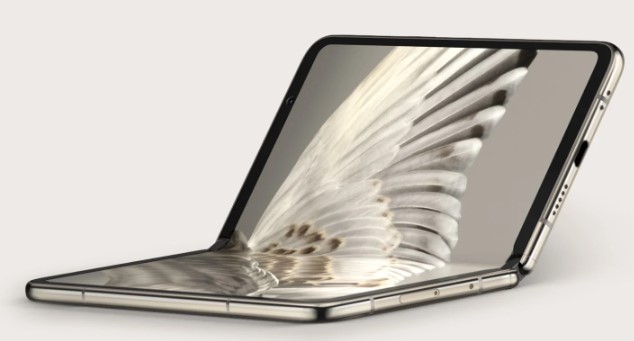
Pixel’s outer display boasts a more standard aspect ratio, measuring 5.8 inches, compared to the Galaxy Fold’s 6.2 inches. However, diagonal measurements can be deceiving, and the true differentiator lies in the practicality of use. Here, the Pixel Fold shines, providing a more comfortable and familiar interaction that aligns with the typical Android phone experience.
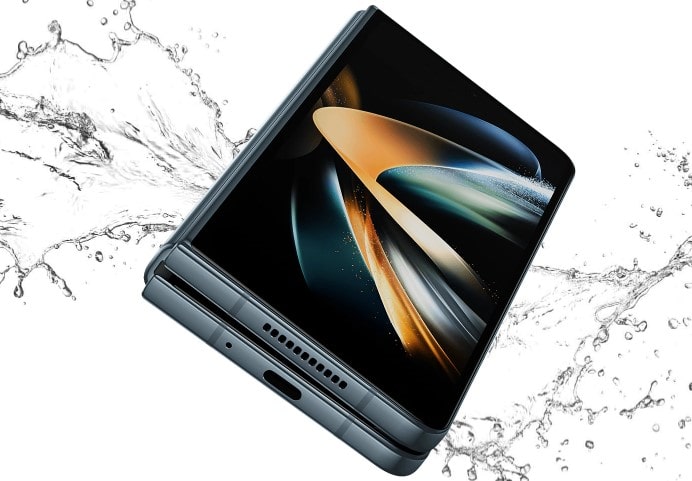
Philosophy of Use: Pixel as a Phone-First Device vs. Galaxy as a Tablet-First Device
The underlying philosophy of use becomes apparent when considering whether you prioritize a phone that unfolds into a tablet or a tablet that folds into a more compact phone. The Pixel Fold leans toward the former, emphasizing usability in its closed state. This design caters to users who desire a phone that seamlessly transitions into a tablet for specific tasks. The outer display on the Pixel Fold is designed for practical, day-to-day phone interactions.
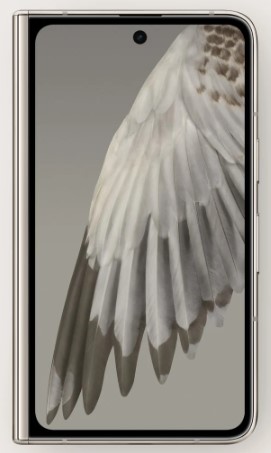
Conversely, the Galaxy Fold series caters to those who lean towards a tablet-first approach. The preference here is for the device to remain unfolded for more extended periods, as its narrower aspect ratio may hinder comfortable use on the outer display.
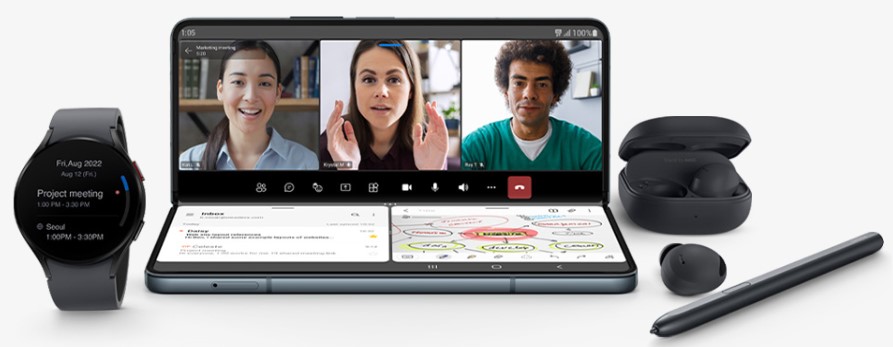
The Smackdown Begins: Pixel’s Usability vs. Galaxy’s Tablet Focus
Now, as we enter the Smackdown, the spotlight shifts to the user experience and the practical implications of these design choices. The Pixel Fold, with its emphasis on a landscape-oriented inner display, offers a more versatile and intuitive experience. The transition from phone to tablet feels seamless, and the outer display complements everyday tasks.
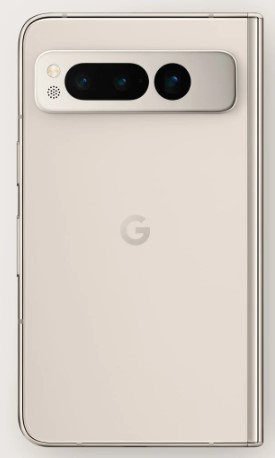
In contrast, the Galaxy Fold’s portrait-oriented inner display may not align with the natural hand movements and gestures when holding a larger unfolded device. While it offers benefits like easier thumb navigation across the narrow width, the constrained aspect ratio can be a limiting factor for tasks requiring a broader landscape.
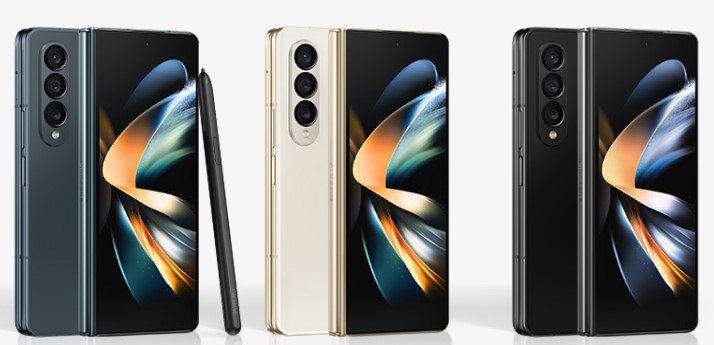
Pixel’s User-Friendly Design Wins Round 1
The Google Pixel Fold emerges as the winner in terms of usability and practicality. Its landscape-oriented inner display and thoughtfully designed outer display cater to the needs of users who prioritize a phone-first experience. The Pixel Fold manages to strike a balance, providing the benefits of a larger tablet-like display without sacrificing the convenience of everyday phone interactions.
While the Samsung Galaxy Fold series has its merits, particularly for users inclined towards a tablet-first philosophy, the constraints imposed by its portrait-oriented inner display may present challenges in terms of overall usability and adaptability to diverse tasks.
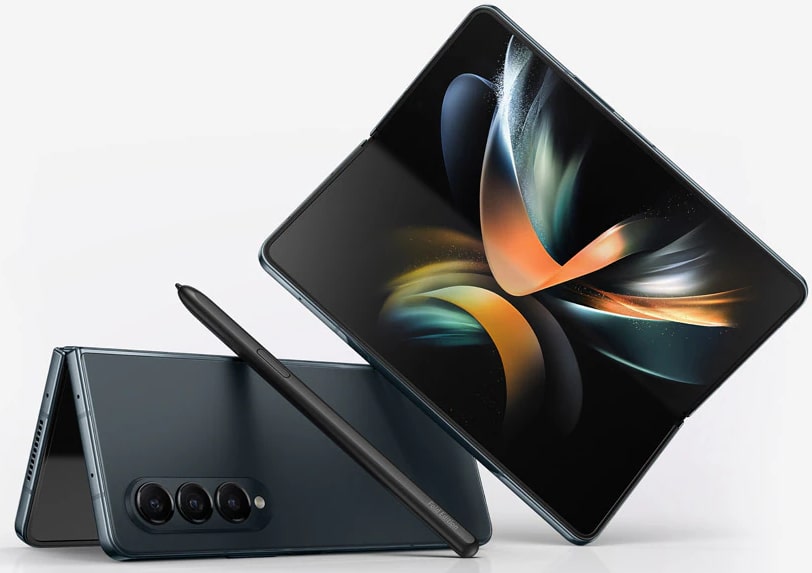
As the battle between foldable phones continues, the Pixel Fold stands tall as a testament to user-centric design, offering a compelling blend of innovation and familiarity in the ever-evolving landscape of smartphones.
Exploring the Foldable Frontier
In the ever-evolving landscape of smartphones, the battle of the foldables has reached a crescendo with the unveiling of the Google Pixel Fold and the Samsung Galaxy Fold 4. These devices, both boasting a generous 7.6-inch inner display, diverge significantly in their approach to design, software, and user experience. As we embark on this deep dive, we’ll scrutinize every facet, from display orientation to software intricacies, to provide a comprehensive comparison for tech enthusiasts eager to delve into the foldable frontier.
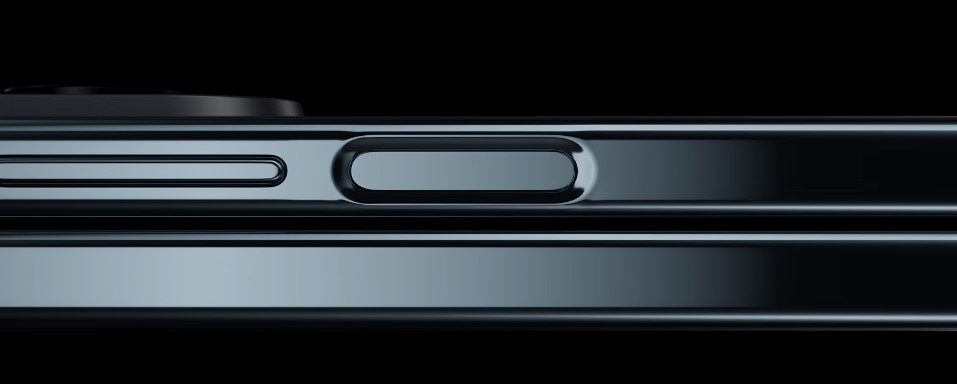
Inner Display Showdown: Portrait vs. Landscape
The crux of the matter lies in the orientation of the expansive 7.6-inch inner display. Google, with its Pixel Fold, has opted for a landscape orientation, while Samsung adheres to the portrait orientation on the Galaxy Fold 4. This decision carries profound implications for user interactions, particularly in scenarios where a larger screen is coveted for activities like video consumption and photo viewing.
Samsung’s historical choice of portrait orientation can be traced back to a different era in Android’s evolution. Five years ago, the landscape was marred by the lack of optimized Android tablet applications and challenges in dynamically resizing apps. Thus, a portrait-oriented inner display ensured a seamless transition from typical smartphone use without encountering unsightly black bars or awkward resizing issues.
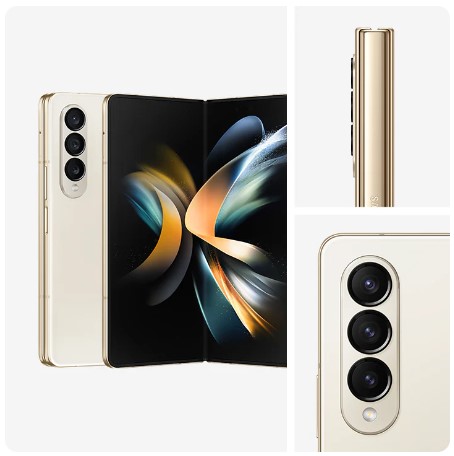
In contrast, Google’s Pixel Fold embraces a landscape orientation, signaling a departure from the traditional norm. This shift is grounded in the belief that a larger screen, when unfolded, should prioritize landscape orientation for a more immersive viewing experience. Google’s commitment to a clean software experience extends to encouraging developers to adapt their applications to the landscape orientation, even if it means dealing with pillar boxing or limited screen coverage.
Navigating the Software Seas: Pixel’s Clean Experience vs. Samsung’s One UI
The software realm becomes the next battleground, where the Pixel Fold and Galaxy Fold 4 showcase their distinct approaches. For Pixel enthusiasts, the clean, unadulterated Pixel experience is akin to a digital sanctuary. However, those who find solace in Samsung’s One UI might argue that it brings a more mature and feature-rich interface to the table.
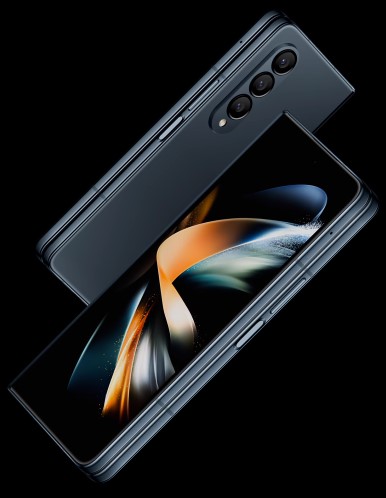
Samsung, with its years of experience in the field, has demonstrated a willingness to tweak and modify the Android operating system to suit its vision. The One UI launcher, in particular, has garnered praise for its user-friendly design and the addition of a side-swipeable launcher for quick access to applications. Multitasking on the Samsung device is not confined to the limitations of Pixel’s two-app side-by-side approach. Samsung’s more advanced multitasking capabilities, allowing users to run up to three apps, including floating apps, might be a game-changer for power users.
Yet, the perpetual debate over Samsung’s duplicate app ecosystem persists. The coexistence of Samsung-branded applications alongside their vanilla Android counterparts can be a source of frustration for users who prefer a more streamlined experience. Despite the progress from the TouchWiz era, some argue that One UI still carries a touch of bloat.

However, Samsung manages to swing the pendulum back in its favor with Samsung DeX, a feature notably absent in the vanilla Android experience of the Google Pixel. Samsung DeX provides users with a desktop-like interface, adding a layer of versatility to the Galaxy Fold 4.
Navigating the Foldable Future
In the unfolding saga of foldable smartphones, the choice between the Google Pixel Fold and the Samsung Galaxy Fold 4 ultimately boils down to personal preferences and priorities.

For users who value a landscape-oriented inner display, a commitment to a clean software experience, and a willingness to embrace the evolution of Android tablet applications, the Google Pixel Fold emerges as a compelling option. Its emphasis on usability in both folded and unfolded states aligns with the philosophy of a phone-first device that seamlessly transforms into a tablet for specific tasks.
On the other side of the spectrum, the Samsung Galaxy Fold 4 caters to those who prioritize a mature, feature-rich software experience, advanced multitasking capabilities, and the unique desktop-like environment offered by Samsung DeX. The portrait-oriented inner display, while challenging the norms, may appeal to users who favor a tablet-first approach, seeking an extended unfolded experience.
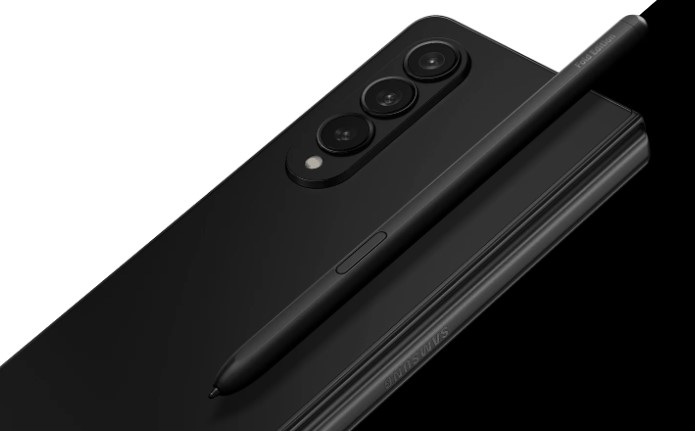
As the foldable future unfolds, each device stands as a testament to innovation, pushing the boundaries of what a smartphone can achieve. The decision between the Pixel Fold and Galaxy Fold 4 becomes a matter of choosing the path that aligns with individual preferences on the journey into the next frontier of smartphone technology.
Performance
As the curtains rise on the performance showdown between the Samsung Galaxy Fold 4 and the Google Pixel Fold, the stage is set for a clash of titans in the realm of foldable smartphones. Beneath the sleek exteriors and expansive displays lie the beating hearts of these devices—the processors that fuel their capabilities, the batteries that sustain their vigor, and the unique features that set them apart. Join us on this performance odyssey, where every benchmark, frame rate, and degree of heat are scrutinized to unveil the strengths and quirks of these technological marvels.
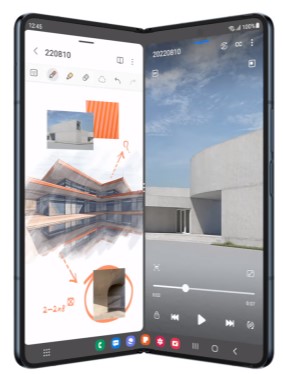
Processing Prowess: Snapdragon vs. Google Tensor G2
In the arena of processors, Samsung asserts dominance with its employment of the Snapdragon chipset, wielding the power of both Gen 1 and the recently unleashed Gen 2. This choice proves to be a strategic advantage, as the Snapdragon CPU not only exhibits superior speed but also boasts a penchant for running cooler, a noteworthy feat that contributes to overall device efficiency.
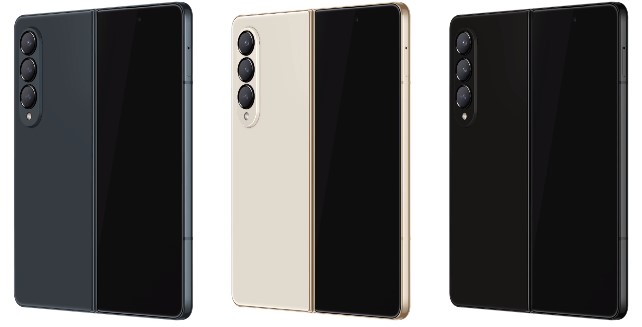
On the opposing side of the spectrum, Google has opted for the Google Tensor G2 processor, built upon the Samsung Exynos architecture. While this processor carries the weight of Google’s innovative vision, it faces the formidable competition presented by the Snapdragon. In the realm of everyday use, the nuances of these processors might elude the average user. Both devices deliver snappy and responsive performances, effortlessly managing multiple apps, intensive tasks like Lightroom Mobile, and even gaming experiences.
However, for the discerning user who seeks the utmost performance for their substantial investment (the Pixel Fold comes with a hefty $1800 price tag), the Samsung device emerges victorious in benchmark tests. It showcases faster processing speeds and achieves higher frame rates in demanding gaming scenarios, offering an unparalleled experience for the gaming aficionado.
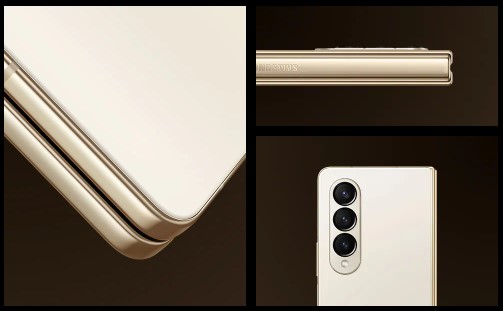
Yet, the intricacies of performance extend beyond raw power. Heat management becomes a crucial factor, and here, the Tensor G2 processor, in some instances, tends to generate more heat compared to its Snapdragon counterpart. While this may not pose a significant issue in milder climates, users residing in hotter regions have reported concerns about the Pixel Fold heating up more than desired.
The Energy Core: Battery Life Dance
A pivotal aspect of any smartphone’s performance is its ability to endure the rigors of daily use without succumbing to the dreaded low battery warning. In the case of the Pixel Fold and the Galaxy Fold 4, the battle for battery supremacy unfolds.

The Pixel Fold boasts a slightly larger battery, an advantage of about 400 milliamps, tipping the scales in its favor. Delving into the realm of Android 14 beta, the Pixel Fold has harnessed the beta’s improvements in battery management, showcasing commendable stability in power consumption. Both devices, however, demonstrate a decent ability to navigate a full day on a single charge, striking a balance between performance and energy efficiency.
Charging prowess becomes another chapter in this battery life dance. Both contenders support moderately fast charging, hovering around the 25-watt range, ensuring a swift replenishment of energy when needed. Additionally, wireless charging, a staple feature in modern smartphones, graces both devices, placing them on an equal playing field.

Yet, the Tensor G2 processor in the Pixel Fold introduces an interesting variable. Reports have surfaced suggesting that excessive heat generated by the processor could potentially impede the charging speed. While some users have encountered this issue, it remains an anecdotal concern, with experiences varying among individuals.
The Pen vs. The Lens: S Pen Exclusivity and Pixel Camera Prowess
In the realm of unique features, the Samsung Galaxy Fold 4 brandishes a compelling trump card—the S Pen. If stylus support is a non-negotiable aspect of your smartphone experience, Samsung stands as the exclusive provider of this feature. The S Pen, renowned for its precision and versatility, becomes a significant factor for users who prioritize note-taking, drawing, or creative endeavors.

Contrastingly, Google chooses to exert its prowess in a different arena—the realm of mobile photography. The Pixel Fold inherits the exceptional camera capabilities that have become synonymous with the Pixel brand. With a camera setup akin to the Google Pixel 7 Pro, the Pixel Fold elevates mobile photography to new heights.
Equipped with superior lenses, including a 5x telephoto lens that extends the natural zoom range, the Pixel Fold competes with standalone digital cameras. The shots captured by the Pixel Fold rival those of its predecessor, the Google Pixel 7 Pro, showcasing the device’s commitment to delivering unparalleled photo quality.
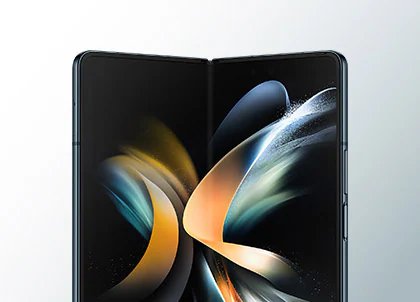
While Samsung holds its ground in the video domain, providing commendable quality and processing, the Pixel Fold reaffirms its dominance in mobile photography, a trait deeply embedded in the DNA of Pixel devices. For those who prioritize capturing life’s moments with unmatched clarity and vibrancy, the Pixel Fold emerges as the unrivaled choice.
The Performance Tapestry Unraveled
As the tapestry of performance unfolds, the Samsung Galaxy Fold 4 and Google Pixel Fold emerge as formidable contenders, each weaving its narrative of strengths and specialties. Samsung’s strategic alliance with Snapdragon processors catapults it to the forefront of benchmark supremacy, offering an unparalleled gaming experience and efficient heat management.
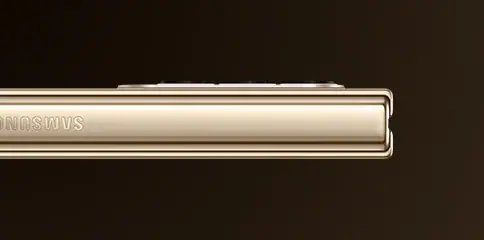
On the flip side, the Google Pixel Fold, driven by the innovative Tensor G2 processor, stakes its claim as a powerhouse in mobile photography. Its larger battery, coupled with the advancements introduced by Android 14 beta, ensures a commendable balance between performance and endurance.
As said before, the choice between these technological marvels hinges on individual preferences and priorities. Whether one gravitates toward gaming prowess, stylus support, or unrivaled camera capabilities, the Samsung Galaxy Fold 4 and Google Pixel Fold stand as testaments to the boundless possibilities of foldable smartphones. The performance odyssey continues, inviting users to embark on a journey into the future of mobile technology, where innovation knows no bounds.
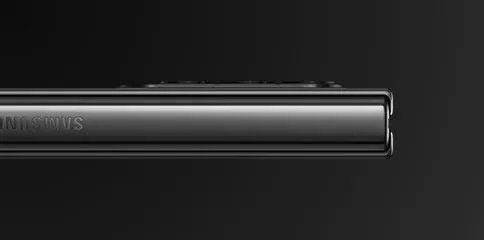
Comprehensive Exploration
In the realm of foldable smartphones, where innovation converges with practicality, the Samsung Galaxy Fold 4 and the Google Pixel Phone emerge as trailblazers, each weaving a distinct narrative in the evolving tapestry of mobile technology. As we embark on this comprehensive exploration, we delve into the nuances of their features, durability, support systems, and the pivotal considerations that guide users toward these technological marvels.
Flex Mode and Unleashing the Foldable Potential
Both contenders showcase the Flex mode feature, a testament to the transformative capabilities of foldable smartphones. This functionality allows users to bend the device at a right angle, opening avenues for unique interactions with applications that support this mode. Platforms like YouTube and Google Meet capitalize on Flex mode, providing a split-screen experience where content unfolds seamlessly both at the top and bottom of the display.
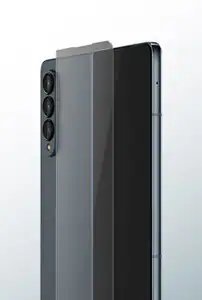
The significance of Flex mode extends beyond a mere gimmick, offering practical utility in specific scenarios. Whether you’re engrossed in a video call or navigating through multimedia content, Flex mode enhances the user experience by leveraging the flexible nature of these devices. It’s a feature that adds a layer of versatility to the foldable form factor, allowing users to tailor their interactions to the unique capabilities of these devices.
Support and Repairs: A Crucial Juncture
Entering the realm of customer support and device repairs, a critical juncture unfolds—one that often shapes the overall satisfaction of users. The Samsung Galaxy Fold 4, having graced the market for only a month at this juncture, stands as a nascent entrant in this domain. Assessing the trajectory of Samsung’s support services over the years reveals a mixed narrative.

Historically, some users have voiced concerns about the responsiveness and effectiveness of Samsung’s customer support. Instances of screen protectors peeling, particularly around the hinge area, have been reported. While this is a manageable issue, it sheds light on the potential vulnerability of foldable displays. The response from Samsung’s support, as documented in online forums and platforms like Reddit, has been a source of contention. Users, at times, have felt the burden of blame placed on them, even for issues that appear unrelated to user mishandling.
However, with the advent of the Fold 5 and the Flip 5, Samsung signals a shift in its approach. A complimentary screen protector replacement within the first year and a discounted screen replacement, priced at $200, are offered. This change reflects a recognition of the unique challenges posed by foldable devices and a commitment to enhancing the customer experience. The real litmus test lies in how these policies translate into user satisfaction and whether Samsung maintains a more user-centric stance.
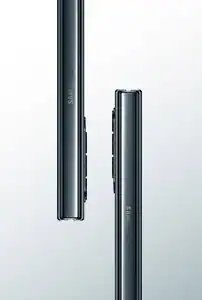
As for the Google Pixel Phone, being a new entrant into the foldable arena, its support and repair ecosystem are yet uncharted waters. The unfolding chapters of user experiences will unveil the effectiveness of Google’s support structures and how they navigate the challenges presented by foldable technology.
Hinge Design: A Tale of Gaps and Flexibility
The hinge design of foldable devices carries substantial weight in determining both functionality and durability. The Samsung Galaxy Fold 4 retains the characteristic gap in its hinge design, a feature that has been a defining element since the inception of the Fold series. This gap, while a distinctive visual marker of foldable devices, has been a potential point of vulnerability, especially concerning the peeling of screen protectors.
Contrastingly, the Fold 5 adopts a teardrop-shaped design for its inner display, aiming to eliminate the gap. This alteration holds the promise of mitigating issues related to screen protector peeling, offering a sleeker and more seamless folding experience.
On the other end of the spectrum, the Google Pixel Phone opts for a flat-folding mechanism. The absence of a gap contributes to a thinner profile, making it a visually appealing device that aligns more closely with traditional smartphones.
Both devices share a hinge design characterized by firmness, allowing users to position them at various angles without compromising stability. This feature enhances the overall user experience, enabling diverse use cases beyond the conventional form factor.
Crucial Considerations: Aspect Ratios, S Pen, and Camera Prowess
As users stand at the crossroads of choice, several pivotal considerations come to the fore, shaping their preferences and influencing their decisions. The aspect ratio of the outer display emerges as a crucial factor, significantly impacting the usability of the device in its closed state. The Google Pixel Phone, with its more user-friendly aspect ratio on the outer display, stands as a testament to a thoughtful design that prioritizes practicality.
For aficionados of stylus functionality, the S Pen introduces a decisive element. The Samsung Galaxy Fold 4, equipped with S Pen support, caters to users who find value in precise note-taking, drawing, and creative pursuits. This exclusive feature positions Samsung as the go-to choice for those who prioritize stylus capabilities in their foldable device.
The arena of mobile photography unveils another battleground, where the Google Pixel Phone asserts its dominance. Renowned for its exceptional camera capabilities, the Pixel Fold inherits the legacy of its predecessors, offering a camera setup comparable to the Google Pixel 7 Pro. With superior lenses and a 5x telephoto lens extending the natural zoom range, the Pixel Phone emerges as a formidable contender for users who prioritize capturing moments with unparalleled clarity and vibrancy.
In essence, the choice between the Samsung Galaxy Fold 4 and the Google Pixel Phone hinges on individual preferences and priorities. Whether users lean toward a more user-friendly outer display, covet stylus functionality, or prioritize unrivaled camera capabilities, these devices cater to a diverse spectrum of needs and preferences.
Navigating the Foldable Future
The landscape of foldable smartphones appears both promising and dynamic. The trajectory of customer support, the evolution of hinge designs, and the emphasis on user-centric features delineate the unfolding narrative of these devices.
Users, armed with diverse needs and preferences, stand at the forefront of this foldable future. The Flex mode beckons with its transformative potential, support and repair structures undergo a paradigm shift, hinge designs evolve, and crucial considerations pave the way for informed decisions.
Ultimately, the Samsung Galaxy Fold 4 and the Google Pixel Phone represent not merely devices but heralds of a new era in mobile technology. The journey into the foldable frontier continues, inviting users to navigate the possibilities and shape the future of how we engage with the ever-evolving realm of smartphones.
Samsung Galaxy Z Fold 4 vs. Google Pixel Fold: A Comprehensive Face-off
In the dynamic realm of foldable smartphones, the Samsung Galaxy Z Fold 4 and the Google Pixel Fold stand as titans, each offering a distinctive approach to the fusion of innovation and practicality. As we delve into this comprehensive comparison, we dissect the devices across various dimensions, from design and display to performance, cameras, and unique features, providing a nuanced understanding for users navigating the foldable landscape.
Design and Build Quality:
Samsung Galaxy Z Fold 4:
- Retains the iconic foldable design with a hinge, ensuring a seamless transition from a smartphone to a tablet.
- Features a premium build with glass and aluminum, exuding a sophisticated aesthetic.
- Embraces a durable hinge mechanism, allowing the device to hold various positions for versatile usage.
Google Pixel Fold:
- Adopts a sleek and flat-folding design without the iconic hinge gap, providing a modern and streamlined look.
- Incorporates high-quality materials for a premium feel, presenting a thinner profile compared to traditional foldables.
- Navigates away from the traditional foldable aesthetic, appealing to users seeking a more conventional form factor.
Display Technology:
Samsung Galaxy Z Fold 4:
- Showcases a foldable AMOLED display with a high refresh rate, offering vibrant colors and deep blacks.
- Retains the outer cover display for quick interactions without unfolding the device.
- Features an expansive inner display, ideal for multimedia consumption and multitasking.
Google Pixel Fold:
- Deploys a flexible OLED display with a focus on user-friendly aspect ratios, optimizing the outer display for practical use.
- Strives for a balance between compact usability and expansive viewing experiences when unfolded.
- Tailors its display approach to users who prioritize a more user-friendly outer display.
Performance and Processing Power:
Samsung Galaxy Z Fold 4:
- Leverages high-end Snapdragon processors, ensuring robust performance for demanding tasks and applications.
- Offers enhanced multitasking capabilities, allowing users to run multiple apps simultaneously.
- Positions itself as a powerhouse with ample processing power for gaming, productivity, and seamless navigation.
Google Pixel Fold:
- Introduces the Google Tensor G2 processor, based on Samsung Exynos architecture, providing snappy and responsive performance.
- Emphasizes a balance between performance and efficiency, catering to the needs of a diverse user base.
- Presents a capable processing package, although benchmarks may slightly favor the Galaxy Z Fold 4 in raw power.
Camera Capabilities:
Samsung Galaxy Z Fold 4:
- Incorporates a versatile camera setup with multiple lenses, catering to a range of photography scenarios.
- Showcases Samsung’s expertise in camera technology, delivering impressive stills and video quality.
- Fosters a holistic photography experience, aligning with Samsung’s legacy of pushing the boundaries in mobile imaging.
Google Pixel Fold:
- Elevates mobile photography with Google’s renowned Pixel camera technology, synonymous with exceptional image quality.
- Features advanced lenses and computational photography, ensuring top-tier results across various shooting conditions.
- Positions itself as a formidable contender for users prioritizing photography prowess in their foldable device.
Special Features:
Samsung Galaxy Z Fold 4:
- Introduces S Pen support, providing a stylus for precise note-taking, drawing, and creative endeavors.
- Maximizes multitasking capabilities with features like App Pair, allowing users to launch multiple apps simultaneously.
- Integrates Samsung DeX for a desktop-like experience when connected to external displays.
Google Pixel Fold:
- Emphasizes a clean and intuitive software experience with the latest Android updates and optimizations.
- Capitalizes on Google’s ecosystem, offering seamless integration with Google services and applications.
- Positions itself as a device for users valuing a streamlined and cohesive software environment.
Flex Mode and Multitasking:
Samsung Galaxy Z Fold 4:
- Showcases Flex mode, enabling unique use cases where the device can be bent at a right angle for specific applications.
- Enhances multitasking with features like Multi-Active Window, allowing users to run multiple apps simultaneously on the inner display.
- Leverages the foldable form factor for versatile interactions and productivity.
Google Pixel Fold:
- Embraces Flex mode, allowing users to bend the device for distinct use scenarios, similar to the Samsung Galaxy Z Fold 4.
- Offers a streamlined multitasking experience, with a focus on user-friendly interactions across various applications.
- Enhances the foldable experience with thoughtful software optimizations.
Battery Life and Charging:
Samsung Galaxy Z Fold 4:
- Features a robust battery to accommodate the demands of the foldable display and high-performance internals.
- Offers fast wired and wireless charging capabilities, ensuring quick replenishment of the device.
- Balances the power-hungry aspects of foldable technology with efficient battery management.
Google Pixel Fold:
- Incorporates a sizable battery, optimized to deliver reliable endurance, especially considering the demands of foldable technology.
- Supports fast charging for quick refueling, providing users with a convenient charging experience.
- Prioritizes a balance between performance and battery efficiency for a seamless user experience.
Conclusion:
In the grand tapestry of foldable smartphones, the Samsung Galaxy Z Fold 4 and the Google Pixel Fold emerge as distinct narratives, each weaving a compelling story for users with unique preferences. The Galaxy Z Fold 4 asserts its dominance with a powerful performance, S Pen support, and a versatile camera setup, catering to users seeking a powerhouse with productivity-centric features. On the other hand, the Google Pixel Fold embraces a sleek design, user-friendly displays, and Google’s signature software experience, positioning itself as an attractive option for those valuing simplicity and seamless integration.
Ultimately, the choice between these foldable giants hinges on individual priorities, whether it be a preference for cutting-edge features, camera excellence, or a streamlined software experience. As users navigate the foldable frontier, they are presented with a tapestry of choices, each fold revealing new possibilities in the ever-evolving landscape of mobile technology.

